Footage shows a British Army Wolfhound vehicle firing a Laser-Directed Energy Weapon (LDEW).
According to the Defence Science and Technology Laboratory (Dstl) and the Ministry of Defence (MOD), this trial marks the first instance of such a weapon being fired from a UK land vehicle.
The trial, conducted at Dstl’s range in Porton Down, saw the laser weapon effectively neutralise targets at distances greater than 1km.
“The trialled laser weapon requires only two personnel to operate and could take less than two weeks to be trained on. The next phase of testing will involve trials with Army personnel later this year, further evaluating the system’s capabilities and benefits in real-world scenarios. The demonstrator has been tested by Team Hersa, comprising Dstl and DE&S, and developed in collaboration with a consortium of UK suppliers and showcases the potential of advanced technology in modern warfare. The British supply chain includes Raytheon UK, Fraser Nash, NP Aerospace, LumOptica, Blighter Surveillance Systems, and Cambridge Pixel.”
This video shows a British Army Wolfhound vehicle firing a Laser-Directed Energy Weapon (LDEW). For the first time, scientists and engineers have successfully fired a high-powered laser energy weapon from a British Army combat vehicle at Dstl’s range in Porton Down. pic.twitter.com/ED64bhH3G1
— UK Defence Journal (@UKDefJournal) July 25, 2024
The laser weapon is described as lightweight, portable, and cost-effective, specifically developed to counter enemy drones. This advanced capability demonstrator allows the MOD and the British Army to evaluate the utility of LDEW systems against evolving threats.
Dr Paul Hollinshead, Chief Executive of Dstl, highlighted the significance of this development, stating, “This is another significant milestone in accelerating the adoption of directed energy weapons. Working ever closer with DE&S and industry to develop critical new capabilities, we are preparing the armed forces for the future so they can detect, disable, and destroy future and novel threats.”
Matt Cork, Dstl Programme Lead, remarked, “The joint working between Dstl, DE&S, and industry has enabled rapid evolution of this laser demonstrator. The successful testing of this high-powered laser weapon marks a pivotal moment in our ongoing efforts to enhance the future operational capabilities of the British Army.”
Developed in collaboration with a consortium of UK suppliers, including Raytheon UK, Fraser Nash, NP Aerospace, LumOptica, Blighter Surveillance Systems, and Cambridge Pixel, the laser system showcases the potential of advanced technology in modern warfare. It operates with a command and control system and can be integrated with broader battle management, radar, and surveillance systems.
The next phase of testing will involve trials with Army personnel later this year, further assessing the system’s capabilities in real-world scenarios. The laser system can track multiple targets and engage them almost instantaneously, offering a precise and powerful method to counter aerial threats.


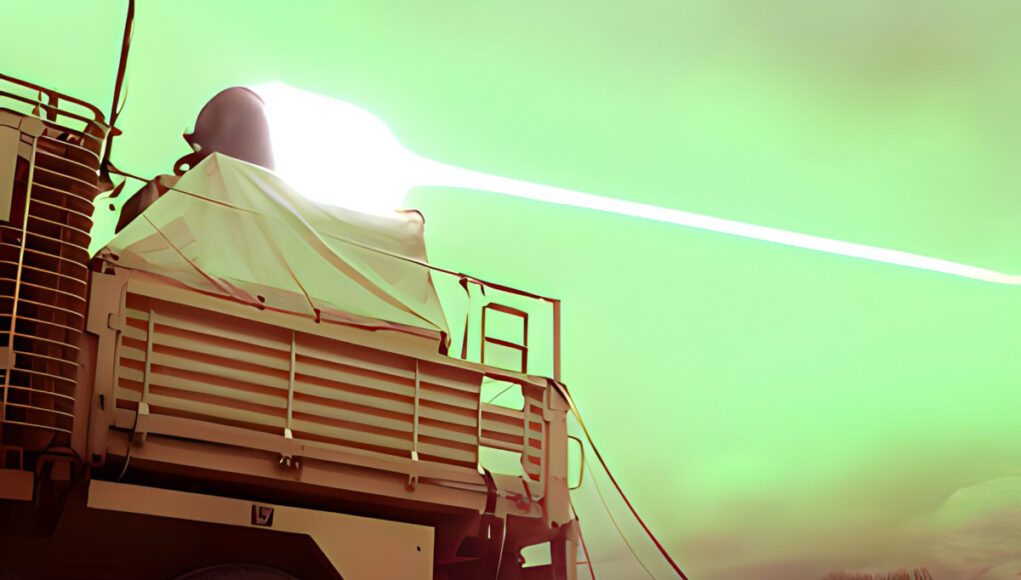
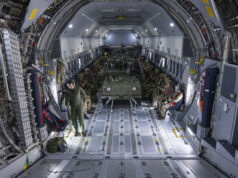



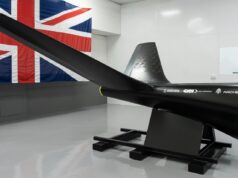


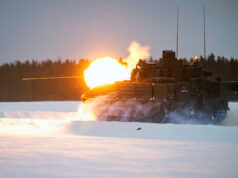

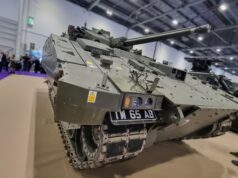

Deterrence is based upon showing real intent. So what ever else, this has to be a demonstration of that intent to our adversaries.
Surely a credible test would involve FPV drone operators from Ukraine to know if DEW will really be effective against the state of the art Drones and combat tested pilots…
I agree, they’d make a great ‘red team’ adversary to any Western nation seeking to combat this threat, not just via this system but in general.
We just need to help them send the orcs back to mordor first then they will have FPV experts to spare…
I suspect for those types of drones, an automatic turret with shotgun pellets would be more effective. For the smaller drones, burst or pellet ammunition would definitely be more effective and feasible. Though I have no doubt even a laser could have effectiveness.
The DEW step up is short reload times and low shot costs so that everything up to a drone swarm can be defeated, which expensive missiles or cheaper kinetic rounds can’t achieve.
I still think that something akin to the WW2 M16 with a targeting radar would be more efficient and effective against drones. It would also be a lot cheaper and not require a massive power pack that needs recharging.